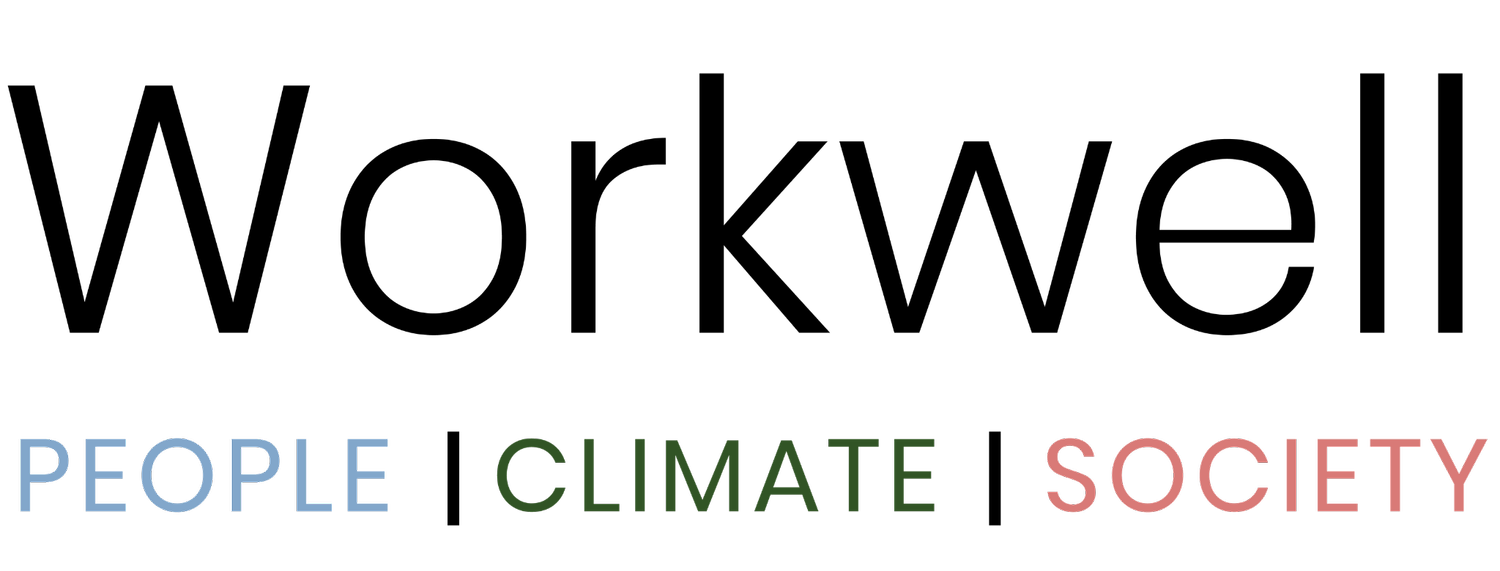Hybrid Working: How managers can embrace the change of cultural control and workplace identity.
Over the past two years, the shift to hybrid working has given scholars the opportunity to study changes to a centuries’ old craft-based method of knowledge, acquisition and application in the way we work.
With many supporting the new ways of working, there are some with conflicting and concerning thoughts (Empson, 2021); ultimately, hybrid/flexible working is the reality for the foreseeable future with the pandemic continuing, so it cannot be ignored if organisations want to keep up with the upcoming workforce. Whilst some are not so supportive, it is about perspective.
Some see a black cat cross the road and think they’re doomed for misfortune, others see good luck, wealth, and prosperity on the horizon.
Empsom (2021), suggested hybrid working potentially undermines informal mechanisms of cultural control. For organisations with a tight bureaucratic culture, it can be understandable why a lack of cultural control may be of concern, as leaders are unable to continuously monitor employee actions; But, this does indicate that there is a lack of trust, if you cannot trust your employees - why do you hire them? Looking at it from an optimistic perspective, this change is an opportunity to adapt your culture to a more trusting and productive workforce. Having a positive relationship with your employees will inevitably produce higher qualities of work.
Additionally, Ashworth (2020), has proposed the post-pandemic virtualisation of work will erode professional identity - raising important questions for identity scholars. Without going deep into psychology: As individuals work from home, surrounded by reminders of their domestic selves, professionals will find it harder to perform as their professional selves. But is that such a bad thing?
For many, workplace identity does not correlate with their authentic selves; when workplaces lack diversity, people of protected characteristics find themselves adapting to survive. When employees become too much of an accumulation of what their colleagues think or say they should be, it can disrupt their ability to contribute in ways that come most naturally to them (Llopis, 2014). Cha and Roberts (2019) advocate that encouraging employees to bring their authentic selves to work benefits a business by offering unique perspectives, provides quality control for sensitive communications, bridges differences with employees and plants seeds of rapport.
Most significantly, younger millennials and the upcoming workforce are far more resistant to firms that are not fans of agile working. Although daunting. HSBC revealed that it was taking advantage of the booming popularity of home working by cutting its global office space by 40% (Patridge and Makortoff, 2021), it takes the big companies to start the domino effect.
As organisations continue their quests to renew and reinvent themselves, it is critically important to establish a culture where employees can express their authentic identities. Every leader should understand the sphere of influence and the role their identity plays in accomplishing the goals and objectives of the organisation (Llopis, 2014).
Take this opportunity with a positive and open mindset and to adapt your culture to the new demands of the upcoming workforce for future triumph.
Trust - Trust is the most significant adaptation for you as a leader, although this may be difficult to overcome - question yourself as to why there is lack of trust, and work on it. It may be because you do not know your employees well enough.
Listen - Accept that we are not going back to the ‘old’ ways of working and engage your teams in what the evolution of your ways of working will be. You could complete an employee survey for example.
Act - When you have listened to what your teams want, act on it, it is damaging to your culture if you ask but don’t act.
Engage - Can you create a cross functional project team to represent a good cross section of needs to help come up with solutions and represent the employee needs.
Build - Propose solutions and ask for feedback, trial and test ideas.
Improve - Whatever change you put in place won't be perfect and you need to have feedback in place to look at what is and isn’t working and how it can be adjusted and improved, with the needs of your business, clients and people in mind.
Strengthen - Building relationships with your employees, getting to know them better and encouraging them to bring their authentic selves to work, as they navigate their own new identity.
Get in touch to find out about how we have helped other businesses at hello@workwellpcs.co.uk and join our mailing list.
References:
Ashforth, B. E. (2020). Identity and identification during and after the pandemic: How might COVID-19 change the research questions we ask?. Journal of Management Studies. 57; pp.1763–66. Available from: https://onlinelibrary.wiley.com/doi/full/10.1111/joms.12629
Cha, S, E., and Roberts, L, M. (2019) The Benefits of Bringing Your Whole Identity to Work. Harvard Business Review [online]. Available from: https://hbr.org/2019/09/the-benefits-of-bringing-your-whole-identity-to-work
Empson, L. (2021) Researching the Post‐Pandemic Professional Service Firm: Challenging our Assumptions. Journal of Management Studies. 58 (5); pp. 1383-1388. Available from: https://onlinelibrary.wiley.com/doi/pdf/10.1111/joms.12697
Llopis, G. (2014) 5 Workplace Dynamics That Fuel an Employee Identity Crisis. Forbes [online]. Available from: https://www.forbes.com/sites/glennllopis/2014/01/27/5-workplace-dynamics-that-fuel-an-employee-identity-crisis/?sh=12c455781f27
Patridge, J., and Makortoff, K. (2021) Out of office: what the homeworking revolution means for our cities. The Guardian [online]. Available from: https://www.theguardian.com/business/2021/feb/27/out-of-office-what-the-homeworking-revolution-means-for-our-cities

